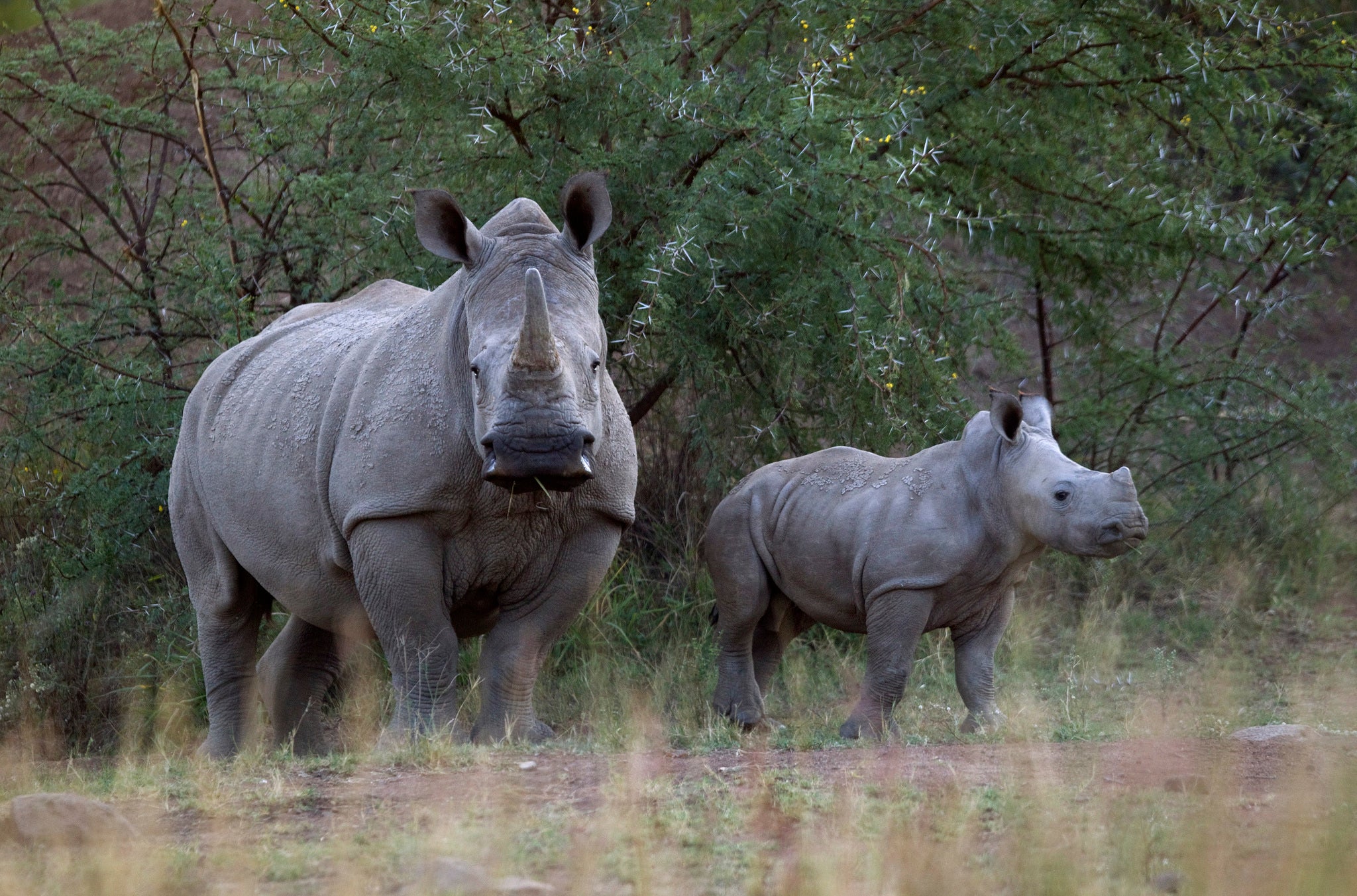Microchips and drones: Kenyan conservationists' high-tech fight against poachers
The latest technology - implanted microchips and UAVs - are being used to protect rhinos and elephants

Kenyan wildlife officials are planning to implant microchips into the horns of every rhino in the country in order to combat poaching.
It’s hoped that the chips will not only allow the rhinos to be more effectively monitored, but that the ability to track horns individually will help crack down on illegal smuggling and provide evidence for prosecutors.
“With poachers getting more sophisticated in their approach it is vital that conservation efforts embrace the use of more sophisticated technology to counter the killing of wildlife,” said the Kenyan Wildlife Service (KWS).
The World Wildlife Fund (WWF) has donated chips and five scanners for the project at a cost of 1.3 million Kenyan shillings (£9,500), but tracking and fitting the devices in the country’s 1,000 plus rhino population will cost much more than this.
Poaching in Kenya has increased significantly in recent years, with hunters targeting elephants as well as rhinos.
Since the beginning of 2013 poachers have killed 34 rhinos, a 17 per cent increase from the whole of 2012 and in August this year a rhino was even killed in Nairobi’s national park, one of the most guarded sites in the country.
The demand for rhino horns comes mainly from Asian markets, where the horn is wrongly believed to be an effective medicine.
Rhino horns are made from keratin, the same material as human fingernails and hair, and although the animals can survive having their horn chopped off, poachers often kill them to make the collection of the horn easier.
The KWS has said that the project’s success would not only safeguard Kenya’s rhino population but help combat the groups of organized criminals that profit from the illegal trade and secure Kenya’s economically vital tourism industry.
Other high-tech conservation efforts in Kenya include a project launched last year by Google and the WWF using drones to track endangered species including rhinos and elephants.
A $5 million grant from Google’s Global Impact Award program is funding the operation, with conservationists controlling autonomous aircraft with tablet computers.
Although the drones’ intended use was to provide aerial coverage, it’s been reported that they have a secondary use in herding elephants away from danger - be that poachers or areas where conflict with humans is possible.
Wildlife researchers believe that the elephants mistakenly confuse the buzzing noise produced of the drones for a swarm of bees, and run away whenever they hear the devices approaching. See below for a video of the drone scaring elephants:
Join our commenting forum
Join thought-provoking conversations, follow other Independent readers and see their replies
Comments
Bookmark popover
Removed from bookmarks